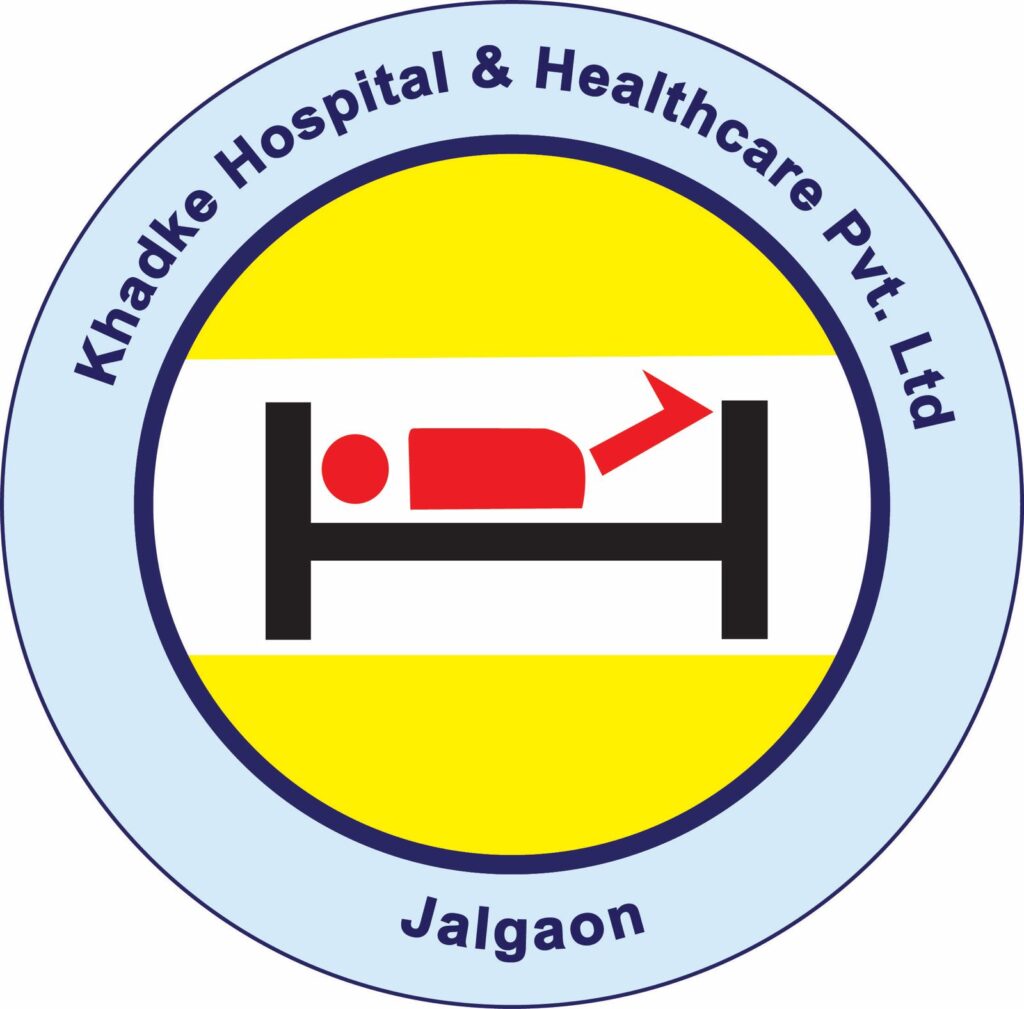Osteoporosis is a condition that affects the bones, making them brittle and fragile. This can lead to unexpected fractures even from minor falls.
What is Osteoporosis?
Osteoporosis means your bones become less dense than normal. This makes them weak and prone to breaks. When bones are healthy, they are strong and stable. But when osteoporosis affects them, they lose that strength. This happens because the bone tissue, which is constantly being broken down and rebuilt, is being lost faster than the body can replace it.
Catching osteoporosis early is crucial. With early detection, there are more ways to prevent bones from becoming weaker. This might include medications, dietary changes, or lifestyle adjustments. By understanding the condition and its impact on daily life, individuals can take charge and explore effective treatments.
Detecting Osteoporosis Early: Importance & Symptoms
Understanding the symptoms of osteoporosis can help catch the condition early. Some of these symptoms include:
- Noticeable loss of height over time
- A stooped or hunched posture
- Back pain, possibly from fractured vertebra
- Bones that break easily
Recognizing these symptoms early on means you can start preventing the condition from progressing. Early detection provides more room for effective action. It allows individuals to engage in proactive treatments like dietary changes, exercise routines, and possibly medicines to maintain bone health. Remember, being aware of these signs is your first line of defense in maintaining strong bones.
Causes of Osteoporosis: Risk Factors Uncovered
Understanding the causes of osteoporosis helps you know what to watch for. Some major risk factors include:
- Age: Older people are more likely to get osteoporosis.
- Gender: Women tend to develop osteoporosis more than men.
- Genetics: A family history of osteoporosis increases your risk.
- Lifestyle Choices: Smoking, excessive alcohol, and lack of exercise can lead to osteoporosis.
By being aware of these factors, you can better guard yourself. For example, regular exercise and a healthy diet rich in calcium and vitamin D can decrease your chances of developing osteoporosis. Avoiding risky habits like smoking and excessive alcohol consumption also helps in keeping your bones strong.
Diagnosis of Osteoporosis: Know Your Bone Health
Getting a diagnosis of osteoporosis starts with understanding your bone health. Doctors use tools like bone density tests. These tests measure the amount of calcium and other minerals in a part of the bone. They often focus on the spine, hip, and wrist, which are common areas for breaks.
It’s a good idea to talk to your doctor about your bone health regularly. Discuss risk factors and what you can do to protect your bones. Sometimes, doctors may recommend tests to understand your bone condition better. Early and accurate diagnosis helps individuals seek the right treatments and lifestyle changes.
Treatment of Osteoporosis: Medical and Lifestyle Approaches
When it comes to the treatment of osteoporosis, there are various effective strategies:
- Medications: Some people take drugs to strengthen bones and reduce risk of breaks.
- Supplements: Calcium and vitamin D supplements support bone health.
- Lifestyle Changes: Eating a balanced diet and doing exercises like walking or lifting weights help maintain bone density.
Focus on these treatment approaches. Medical treatments, combined with healthy lifestyle choices, form a comprehensive plan. Doctors might suggest a combination of medications and lifestyle changes based on individual needs. By proactively managing osteoporosis, you can live a healthier, fracture-free life.
Building Stronger Bones: Lifestyle Modifications & Exercises
Building stronger bones can help prevent fractures. Consider these practical lifestyle changes:
- Quit smoking: Smoking weakens bones.
- Ensure a diet high in calcium and vitamin D.
- Limit alcohol intake to protect bone density.
Incorporate exercises like:
- Walking: An easy way to strengthen bones and improve balance.
- Weight-Training: Helps in maintaining bone mass.
- Balance Exercises: Reduce the risk of falls.
These changes are simple yet effective. Regular activity, along with a nutrient-rich diet, keeps bones resilient over time. By incorporating these routines, you are actively working towards stronger bones.
Inspiring Stories: Thriving with Osteoporosis
Many individuals thrive with osteoporosis despite the challenges. For instance, Sarah, a grandmother, started yoga and changed her diet. Now, she feels stronger and more confident. John’s story is similar. Once diagnosed, he began regular walks. His commitment led to a noticeable improvement in his bone health.
These inspiring stories show that managing osteoporosis effectively is possible. By sharing these experiences, others feel motivated and take steps toward managing their bone health.
Stay Informed: Latest Advancements in Osteoporosis Treatment
New discoveries in osteoporosis treatment happen frequently. Research offers new medications that show promising results. Breakthroughs in treatment options aim to improve bone density faster and with fewer side effects.
Staying informed is key. Discuss new treatment options with your doctor to find what’s best for you. By being proactive and well-informed, you can manage osteoporosis effectively, leveraging the latest scientific advancements.
Conclusion: Take Charge of Your Bone Health
In conclusion, understanding osteoporosis is your first step. Regular check-ups, healthy habits, and staying informed can help manage it. Take charge of your bone health today and explore the resources available to you.
Visit Khadke Hospital for expert osteoporosis care and comprehensive bone health solutions. Schedule your consultation today!



